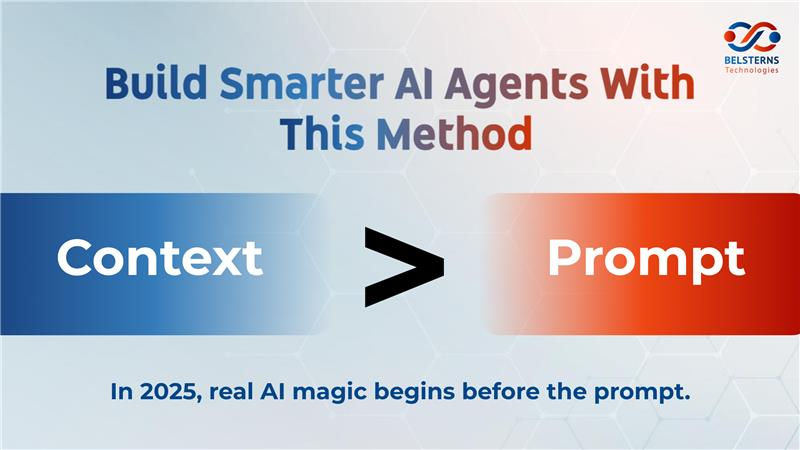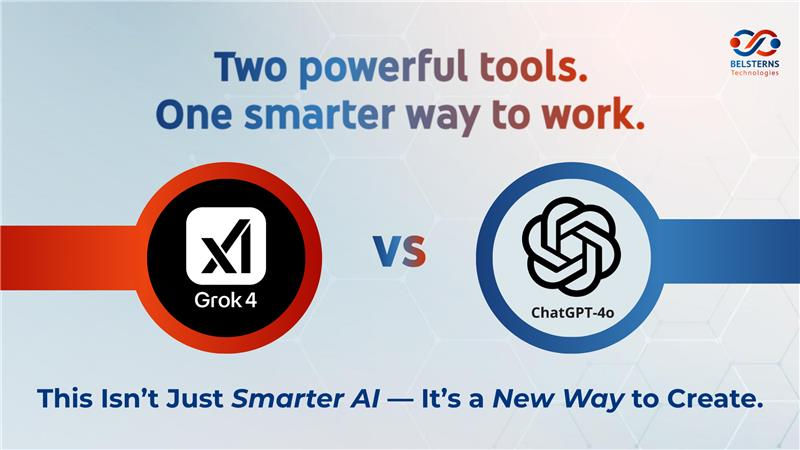Microsoft Phi-4 Reasoning Models: Smarter AI for Math, Code & Logic in 2025
- Philip Moses
- May 13
- 3 min read
Updated: May 19
In the world of AI, tech giants like OpenAI, Google, and Meta often steal the spotlight with flashy launches and multiple large language models (LLMs). But Microsoft does things differently—and effectively. Instead of overwhelming users with too many choices, Microsoft focuses on launching a few well-designed models that developers love. Their latest release is a great example: two powerful models called Phi-4-Reasoning and Phi-4-Reasoning-Plus.
These models are built to tackle complex reasoning tasks like solving math problems, explaining scientific concepts, and even walking you through coding logic step-by-step.
Let’s break down what they are, how they work, and why they matter.

🌟 What is Microsoft Phi-4 Reasoning?
The original Phi-4 model made waves when it launched last year, thanks to its small size and big impact. Now, Microsoft has taken it a step further by releasing Phi-4-Reasoning, a model specially trained for complex thinking. With 14 billion parameters, it’s designed to break down multi-step problems into clear, logical answers.
If you're into solving math equations, understanding how AI works, or developing smart chatbots—this model is for you.
🧠 Two Models with a Purpose
Microsoft launched two variations of the reasoning model:
Phi-4-Reasoning:
Trained using supervised learning, this version gives quick and reliable responses. Ideal for situations where you need speed and structure.
Phi-4-Reasoning-Plus:
Uses reinforcement learning to improve its answers over time. It produces longer responses and is better suited for tasks where accuracy is more important than speed.
Both models are open-weight, meaning developers can access and fine-tune them for free.
🔑 Key Features of Phi-4-Reasoning
✅ Data-Centric Training
Instead of feeding the model with tons of random data, Microsoft carefully selected problem-solving questions that were difficult—but not impossible—for the model to solve. These "teachable moments" helped the model learn real-world reasoning.
✅ Supervised Fine-Tuning (SFT)
Using real examples of step-by-step reasoning, the model was trained to follow logical patterns. This makes it capable of solving tough questions in subjects like algebra, geometry, and coding.
✅ Reinforcement Learning (for Phi-4-Reasoning-Plus)
This is like giving feedback to a student. When the model gets an answer right, it’s rewarded. When it gets it wrong—or repeats itself—it’s penalized. Over time, this helps it produce more accurate and structured responses.
Architecture of the Phi-4 Reasoning Models
Base Model: Phi-4 (14B parameters)
Input: Text only
Output: Two parts – a detailed thought process and a summary
Special Tokens: <thinking> and </thinking> to mark its reasoning steps
Context Length: Supports up to 32,000 tokens, twice that of earlier models
Hardware Friendly: Can run on modern GPUs, and accessible via platforms like Hugging Face, RunPod, or Colab Pro.
How Well Do These Models Perform?
Here’s how they rank on various benchmarks:
AIME 2025 (Advanced Math):
Phi-4-Reasoning-Plus scored 82.5%, beating many top models.
Omni-MATH (General Math Problems):
Both models performed better than most others, just behind DeepSeek R1.
GPQA (Graduate-Level Reasoning):
Slightly behind giants like o3-mini and o1, but still solid performers.
SAT & Maze Tests:
Excelled in academic-style reasoning; some limitations in decision path tasks.
🛠️ Applications of Phi-4-Reasoning Models
These models can be applied in many real-world areas:
Education: Explaining math or science concepts to students in a step-by-step manner
Customer Support: Offering intelligent responses that require logical flow
Software Development: Debugging code or generating algorithmic explanations
Research Assistance: Solving complex academic or logic-based queries
Healthcare and Finance: Analyzing data with reasoning-driven decision-making
Real-World Example: Explaining to a Child
Let’s say you ask the model:
“How do large language models work?”
Here’s how Phi-4-Reasoning might answer for an 8-year-old:
"Imagine your brain is a big library. Every time you read something, you store it in your brain. A language model works like that too. It reads lots of books and learns how words go together. So when you ask a question, it picks the best answer based on what it has learned."
That’s the power of Phi-4—simple, smart, and understandable.
Final Thoughts
Microsoft’s Phi-4-Reasoning models show that you don’t need dozens of models to make an impact—just a few great ones. With open access, strong performance, and simple integration, these models are a great tool for developers, educators, researchers, and more.
Whether you're solving complex math problems or building your next AI-powered app, Phi-4-Reasoning and Phi-4-Reasoning-Plus are excellent options to explore.


Comments